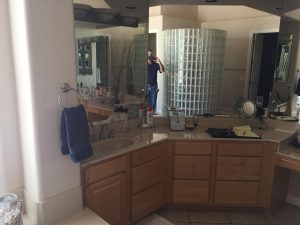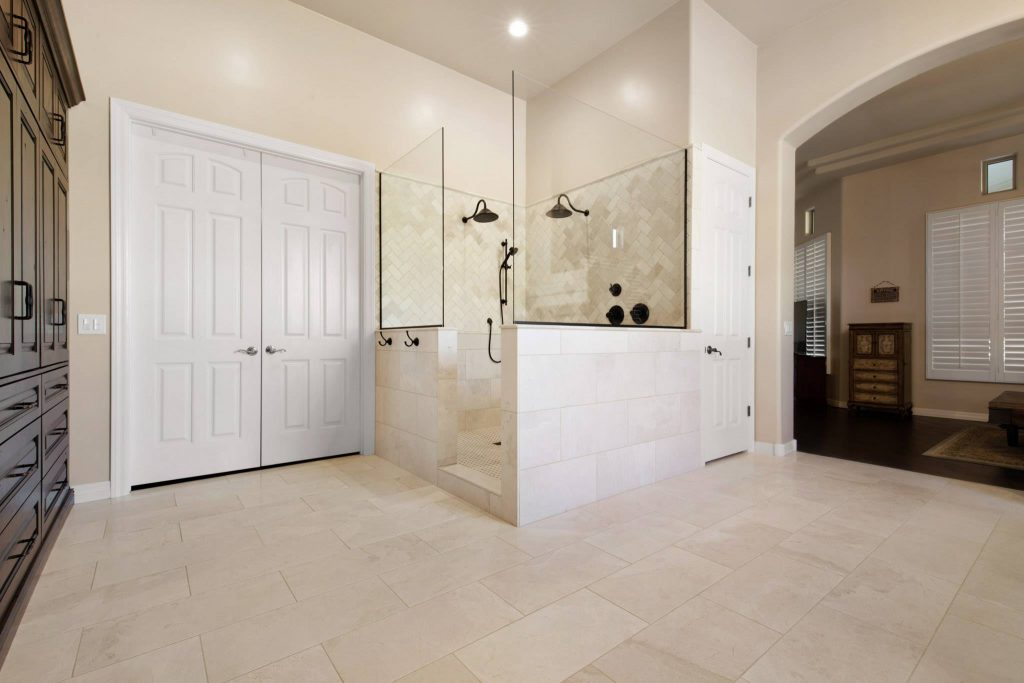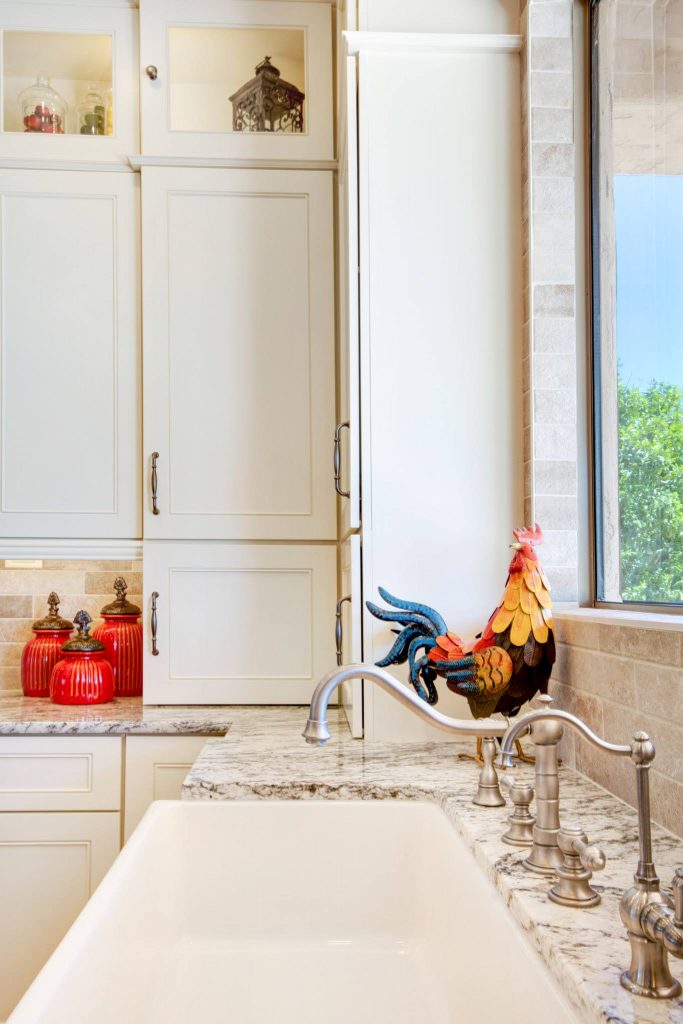By Stewart Smith on April 6, 2018 / Accessible design, Aging in place, Bathroom, Blog, Cabinets, Customer Service, Design, Finding A Remodeler, Flooring, Going green, Hiring A Remodeler, Holidays, Kitchen, Licensed Contractors, Planning, Remodel, Shop, Showers, Storage, Universal design

It’s spring! So, all of you who have been planning and waiting for nice weather to start their home
renovation work, the wait is over. Regardless of whether you are planning to repaint the house, update
the plumbing, add more space, or do some roof repairs, spring is the perfect time for it. However, even
with these ideal conditions, you can still run into some problems while renovating your house, especially
if it’s an old one.
While you cannot completely avoid some of these problems, you can prepare and learn how to deal
with them, and that is precisely what we will talk about today. So, let’s take a look at some of the most
damaging issues you can come across while renovating your old house.
Worn-out or damaged wires
Worn-out and damaged wires are not that uncommon even in newer homes. However, if your house
dates back to the 1950s-60s, the chances are that you will have to upgrade the wiring around your
entire home. Back then, people didn’t have appliances like microwaves, hair dryers, and other devices
that require a high energy output. So, when you plug a couple of these devices into your outdated
electrical grid, you can experience power outages. That is why you should hire a licensed electrician to
bring your house wiring up to today’s codes and standards.
Outdated and blocked pipes
Next, you can stumble upon outdated and blocked pipes. If your house is 50 or more years old, then it
probably has galvanized pipes. This type of pipe was commonly used in the 1960s and they are prone to
rust and clogging up. However, even if you have replaced your outdated pipes with ones that fit today’s
standards, you can still experience blockage, especially with your sewer line.
Tree roots, sediment, and other debris can pile up in the sewer pipes over the years, causing all sorts of
problems. While just a decade or two ago you had to tear down your pipes to clean them, thanks to
Australian ingenuity now there is a less intrusive method. You see, blocked drains in Sydney are cleared
using high-pressure water jetting systems. This is an incredibly effective solution, which can clean almost
any type of debris from your pipes and drains. So, make sure to check if somebody is offering these
services in your area.
Structural damage
Structural damage is common with old houses that have wooden frames. Pests like rats and termites are
one of the biggest causes of structural damage in houses, and if left untreated, they can make your
house unfit for living. Cracks in the walls and ceilings, blisters in floors, etc. are just some of the many
telltale signs of pest infestation. Luckily, they are relatively easy to deal with. There are numerous ways
to get rid of them, but you should start by calling a professional and licensed exterminator.
Hidden mold spots
Finally, old houses generally have mold problems. In most cases, this is due to bad insulation or even a
lack thereof. While some mold spots are easy to spot, you can uncover additional ones while doing
renovation work around your house. One of the most common places where people find mold is the
attic. If you don’t have a proper ventilation system for your attic, it can quickly become a mold hotspot.
So, if you come across any signs of it, make sure to contact professional mold removal companies, as
they are the only ones that can fully clear your house.
Now that you know what problems you can run into while renovating your old house, you can approach
this task without stressing too much. Just ensure that you have a backup solution for any of these four
problems, and you won’t be surprised by any of them.
About the author:Will Sandford is a Sydney based wood architect, blogger and contributor on interior design and ecology blogs. Besides that, he is also interested in home improvement combined with green
technology. In his spare time, Will enjoys surfing and rock climbing. He is also a regular
contributor to SmoothDecorator. Connect with him on Twitter.



